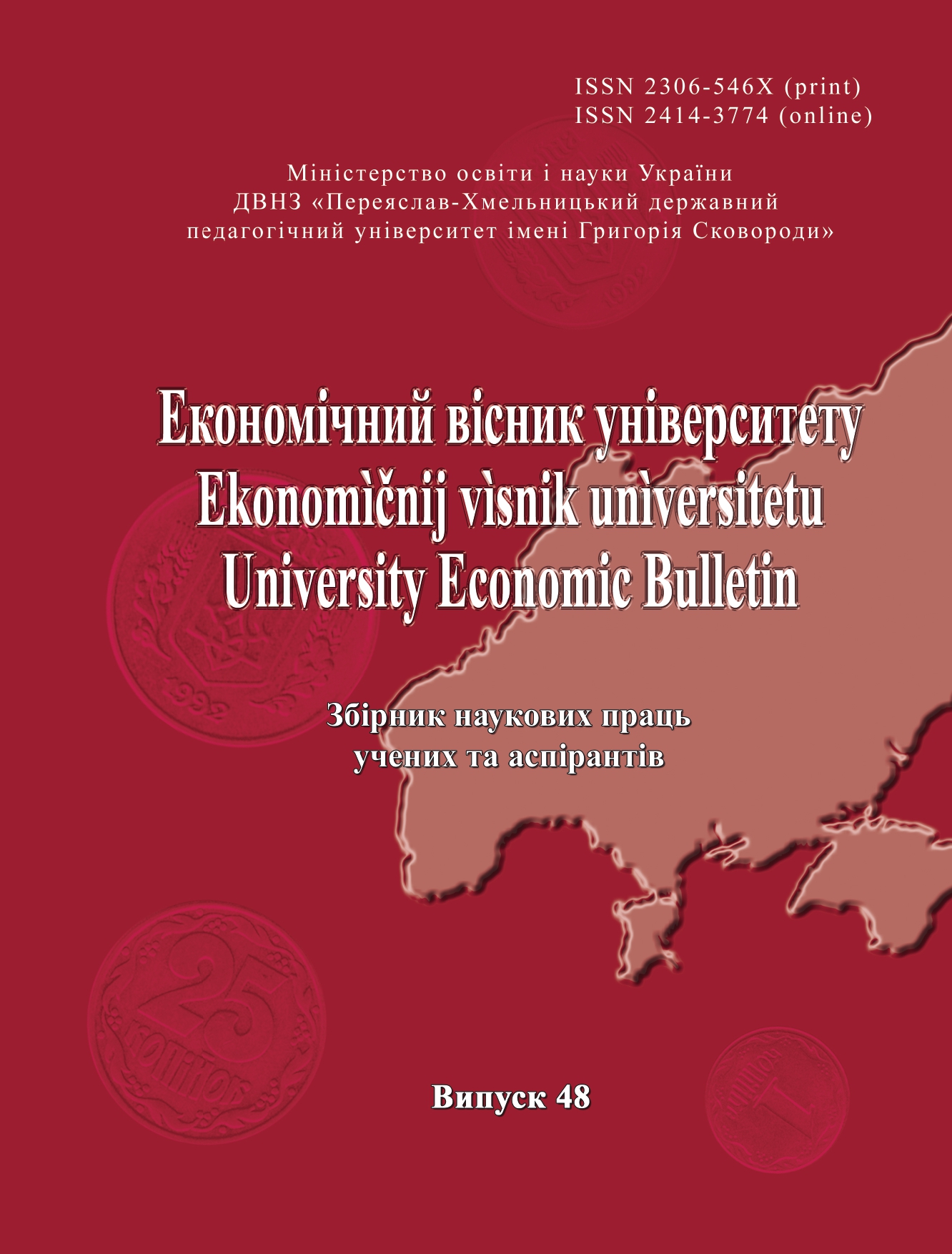Особливості новітніх моделей управління лісовими ресурсами
Features of the newest forest resources governance models
Author(s): Oksana Sakal, Natalia Tretiak, Mykola TretiakSubject(s): National Economy, Energy and Environmental Studies, Methodology and research technology
Published by: Університет Григорія Сковороди в Переяславі
Keywords: Sustainable Development Goals; governance model; System of Environmental-Economic Accounting; asset; ecosystem services; governance instruments;
Summary/Abstract: Relevance of research topic. The need to improve the governance system of forest resources and forest use in accordance with the governance model chosen by the regulator is permanent, which leads to the development of appropriate scientific principles to support governance decisions on the choice of such a model in the newest economic conditions. Formulation of the problem. Substantiation and choice by the regulator of the forest resources governance models require identification of features peculiar to the newest governance models for realization of balance of nature use for the purposes of sustainable development. Analysis of recent research and publications. The results of in-depth research of traditional forest resources governance models in the post-Soviet countries are widely known, there are a large number of publications covering some problematic aspects of governance in modern domestic forestry. Selection of unexplored parts of the general problem. A systematic approach to the study of theoretical and methodological principles of forestry economics for governance has not been formed. Setting the task, the purpose of the study. The purpose of the study is to characterize the features of the forest resources governance models of the newest type - progressive and innovative. Objectives of the study: based on the analysis of the nature use governance model to determine the content of forest resources governance models of the newest type; to analyze the features of progressive and innovative forest resources governance models; identify the potential application of regulatory instruments within each model. Research methodology. The theoretical and methodological basis of scientific research are the fundamental provisions of modern economic theory, economics of natural resources uses, institutional economics, welfare theories, as well as governance and management, the concept of sustainable development. A set of general scientific and special research methods is used, in particular, a systematic approach, a dialectical method of cognition, abstraction, analysis and synthesis, comparison. Presentation of the main material (results of work). Differences in the newest forest resources governance models on the basis of the analysis of separate components of model of balanced nature use are considered. The features of progressive and innovative forest resources governance models are determined and analyzed. The content of the categories of forests and wood resources as assets in the System of Environmental-Economic Accounting, the completeness of their consideration in governance decisions on forests and forest resources is considered as the main factor in differentiating the studied forest resources governance models. The field of application of results. The results of the study can be implemented in the field of forestry economics and public administration for the use, reproduction and protection of forest resources. Conclusions according to the article. Differences in the studied forest resources governance models based on the analysis of individual components-subsystems in the structure of the model of balanced nature use are due to the hierarchy and evolution of socio-economic system, innovative model is considered a higher order model compared to progressive.
Journal: Економічний вісник університету
- Issue Year: 2021
- Issue No: 48
- Page Range: 102-110
- Page Count: 9
- Language: Ukrainian

